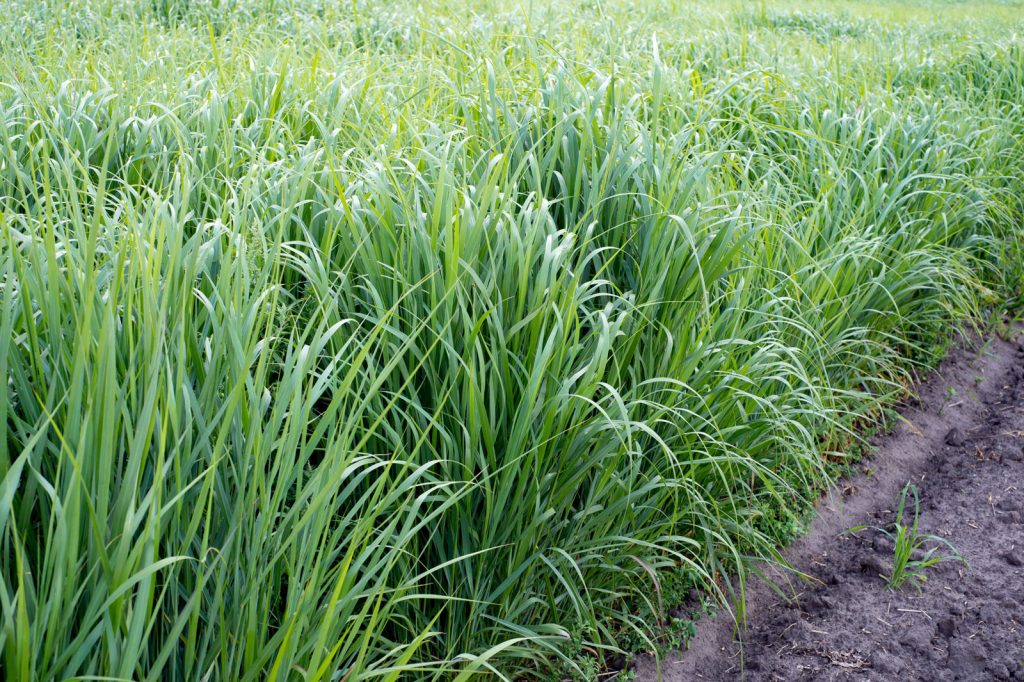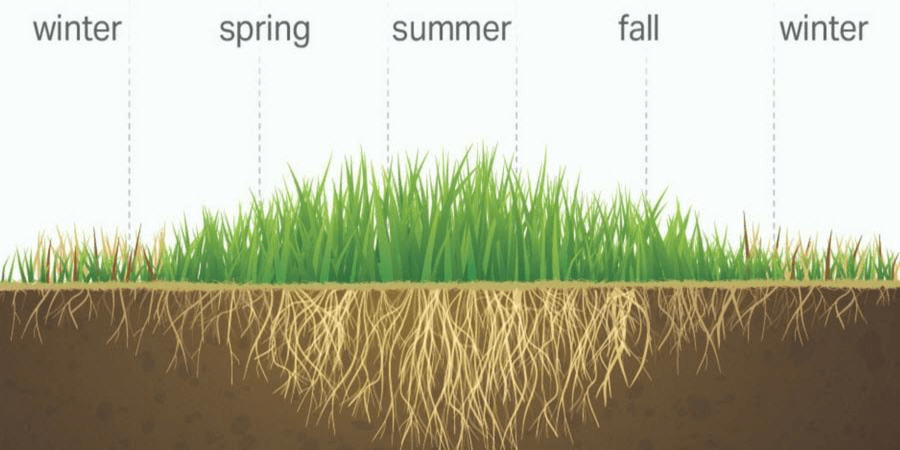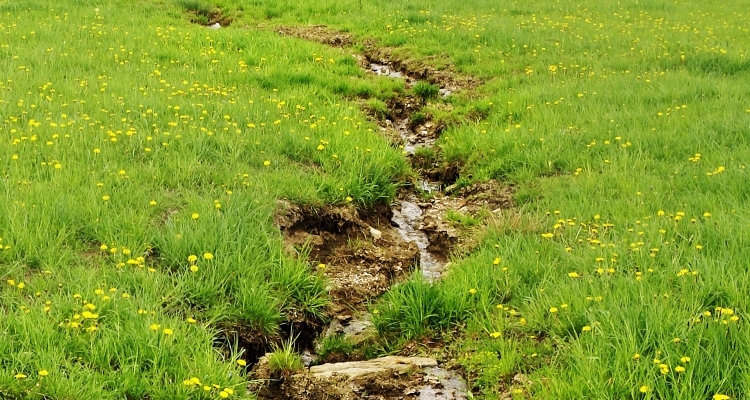Switching your lawn from cool season grasses like fescue or Kentucky bluegrass to warm season varieties such as Bermuda, Zoysia, or St. Augustine can help you maintain a vibrant, drought-tolerant lawn during the hot summer months. This lawn care transition isn’t just a seasonal decision—it’s a strategic move to improve water efficiency and reduce maintenance over time.
Below is a complete guide on how to transition your lawn from cool to warm season grasses effectively.
Cool season grasses thrive in the spring and fall but struggle during the intense heat of summer. On the other hand, warm season grasses go dormant in cooler months but flourish during high temperatures, providing a greener, denser lawn with better resistance to drought and pests.
Key benefits of warm season grasses:
Lower water requirements
Better heat and drought tolerance
Fewer pest and disease problems
Denser growth, reducing weed invasion
If you live in a transitional zone or a region with hot summers, this change can save time, water, and money in the long run.
Before beginning the transition, determine which warm season grass is best suited for your region and lawn conditions. Here are some common options:
Bermuda Grass – Fast-growing, drought-tolerant, great for sunny areas.
Zoysia Grass – Dense and slow-growing, ideal for moderate shade and high traffic.
St. Augustine Grass – Broad-leaf, shade-tolerant, thrives in humid environments.
Centipede Grass – Low-maintenance, well-suited for sandy, acidic soils.
The best time to transition your lawn to warm season grass is in late spring to early summer, once soil temperatures consistently reach 65–70°F. This ensures the warm season seeds or sod will germinate quickly and establish before peak summer heat.
To give your warm season grass the best chance of success, you’ll need to remove or kill off the existing cool season grass. You can do this using one of two methods:
a. Herbicide Method
Use a non-selective herbicide (like glyphosate).
Apply during active growth for best results.
Wait 7–14 days, then repeat if needed.
b. Solarization Method
Cover the lawn with clear plastic for 4–6 weeks.
This traps heat and kills the underlying grass and weeds.
Best done in hot climates during peak sun exposure.
Proper soil preparation is essential for healthy root establishment. Once the old grass is removed:
Rake and till the soil to break up compaction.
Remove remaining roots, debris, and rocks.
Test the soil pH (ideal range: 6.0–7.0) and amend if necessary.
Add compost or starter fertilizer to promote strong growth.
Choose your preferred planting method based on budget, time, and desired appearance.
a. Seeding (most economical)
Spread seeds evenly using a broadcast spreader.
Lightly rake to ensure good seed-to-soil contact.
Water daily until germination (usually 10–21 days).
b. Sodding (instant lawn)
Lay sod strips in a staggered pattern.
Press down with a roller to eliminate air pockets.
Water immediately and daily for the first 2–3 weeks.
c. Plugging or Sprigging
Use plugs for grasses like Zoysia or St. Augustine.
Space plugs 6–12 inches apart.
Requires more time for full coverage but uses less material.
Warm season grasses require consistent moisture during establishment. Water daily (lightly) for the first 2–3 weeks, then taper to 2–3 deep waterings per week.
Apply a high-nitrogen fertilizer about 4–6 weeks after planting to encourage lush, green growth.
Once the new grass reaches mowing height (varies by species), begin regular mowing:
Bermuda: 1–1.5 inches
Zoysia: 1.5–2 inches
St. Augustine: 2.5–4 inches
Avoid cutting more than one-third of the grass blade at a time to prevent stress.
After successful transition, ongoing care will be easier than with cool season grass. Continue to:
Water deeply during dry spells
Fertilize 2–4 times during the growing season
Aerate annually for compacted soils
Spot-treat weeds as needed
Conclusion
Transitioning a lawn from cool to warm season grass is a proactive way to create a more resilient, attractive yard—especially in warmer climates. With proper timing, soil preparation, and maintenance, your lawn can thrive through summer with less stress and more curb appeal.



